Siena
2007
Siena is an Italian town of 53 818 inhabitants, the capital of the province of the same name in Tuscany. The city is universally known for its huge historical, artistic and landscape heritage and for its substantial stylistic unity of medieval urban furniture, as well as for the famous Palio. In 1995 its historic center was included in the UNESCO World Heritage Site. The city is home to the Banca Monte dei Paschi di Siena, founded in 1472 and therefore the oldest bank in business as well as the longest-running in the world.
You may also like
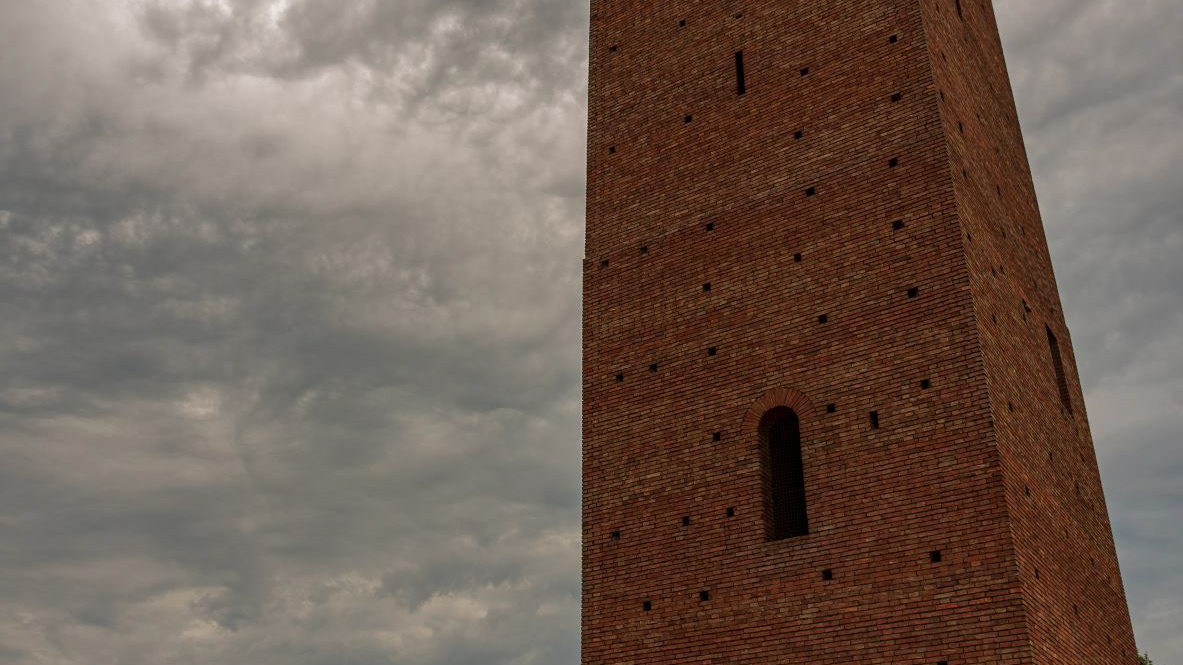
2021
San Miniato, Tuscany. Rocca di Federico
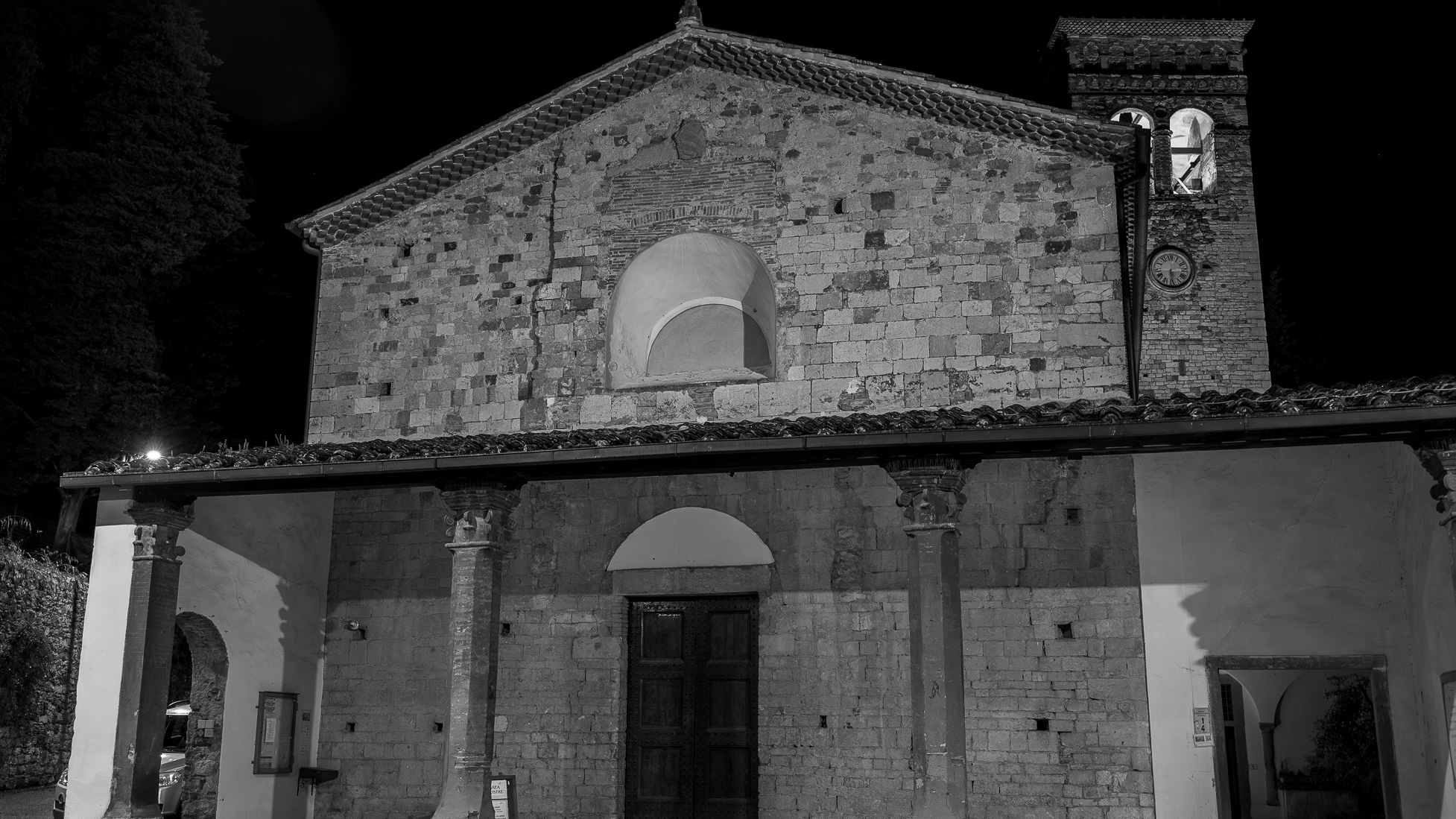
2023
Rocca di Montemurlo. Pieve di San Giovanni Decollato
The parish church of S. Giovanni Battista Decollato opens onto the square of the village. The parish church of Montemurlo has an ancient and controversial history, we find the first trace of it when Otto III, on the occasion of his coronation as emperor (995), descends to Italy for Rome and on his journey (998) confirms the possessions of Bishop Antonino of Pistoia among which our pieve is noted. It has a simple plan, with a single nave with presbytery and choir, modified in the second half of the last century. Originally the parish church had very small dimensions and it was only during the 16th century that we witness the first expansion works carried out by the humanist Bartolomeo Fonzio, parish priest in Montemurlo from 1494 to 1520, who had the rectory and the cloister built alongside the church, of which however, the round arches and columns with Corinthian capitals now walled up can still be traced. The parish church is 'protected' by an imposing bell tower which was originally a watchtower then transformed and refined, in the first half of the 16th century as part of the transformations carried out by the active parish priest, with the large mullioned windows that we see on each side, surmounted by brick arches. The large window is supported by octagonal columns and the shutters of the arches that conclude the tower are decorated with a notched frame that also surrounds the roof. Entering the church we cross a loggia, added during the 17th century, supported by brick columns with Ionic-inspired capitals. The interior of the church, with a goat-like roof, is enriched by four aedicule altars, one of which dates back to the 16th century, a model for the others built in the 18th century. On the altars and walls of the presbytery, valuable paintings by the painters Francesco Granacci, Giovanni Stradano, Matteo rosselli and Giacinto Fabroni.

2021
Fucecchio, Collegiate Church of San G. Battista
Fucecchio, Collegiate Church of San Giovanni Battista. Named after San Giovanni Battista, it stands on today's Piazza Vittorio Veneto, on the site of the ancient parish church.
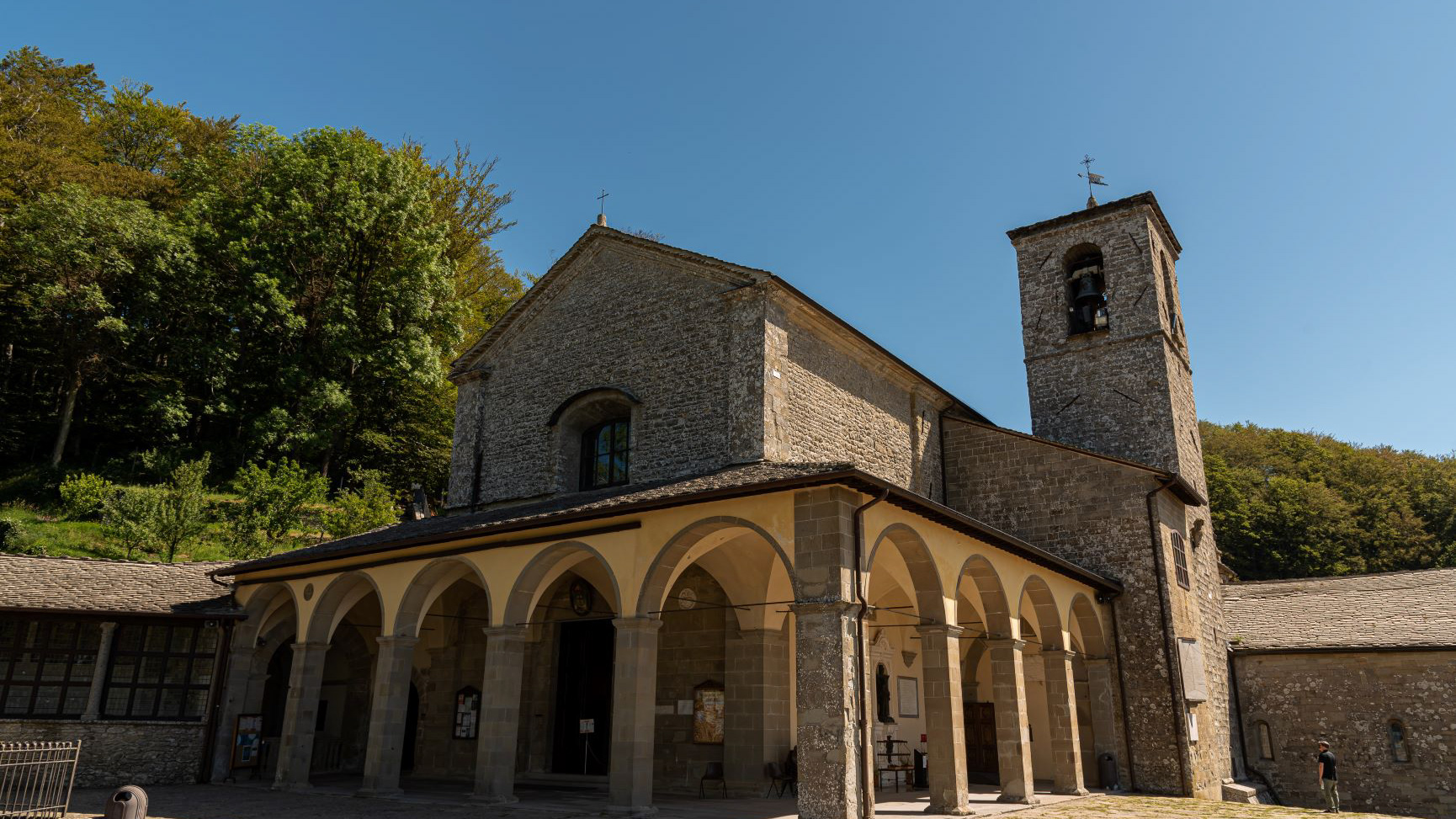
2021
The Franciscan sanctuary of La Verna.
The Franciscan sanctuary of La Verna (province of Arezzo) is famous for being the place where St. Francis of Assisi received the stigmata on September 16, 1224.
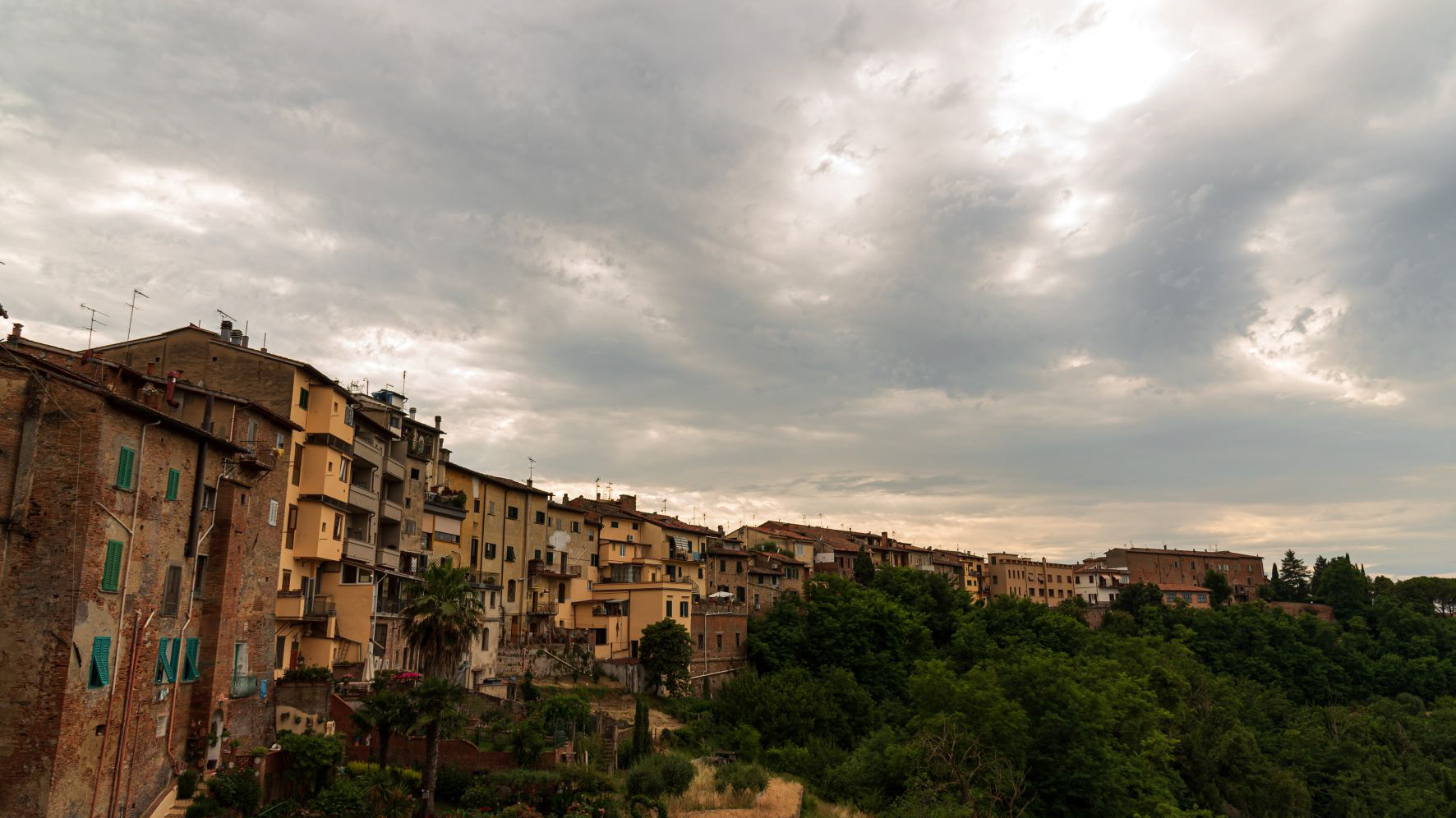
2021
San Miniato. Views on a summer day with clouds
San Miniato is an Italian municipality in Tuscany. The historic center of the city is located in a strategic position on a hill halfway between Florence and Pisa.
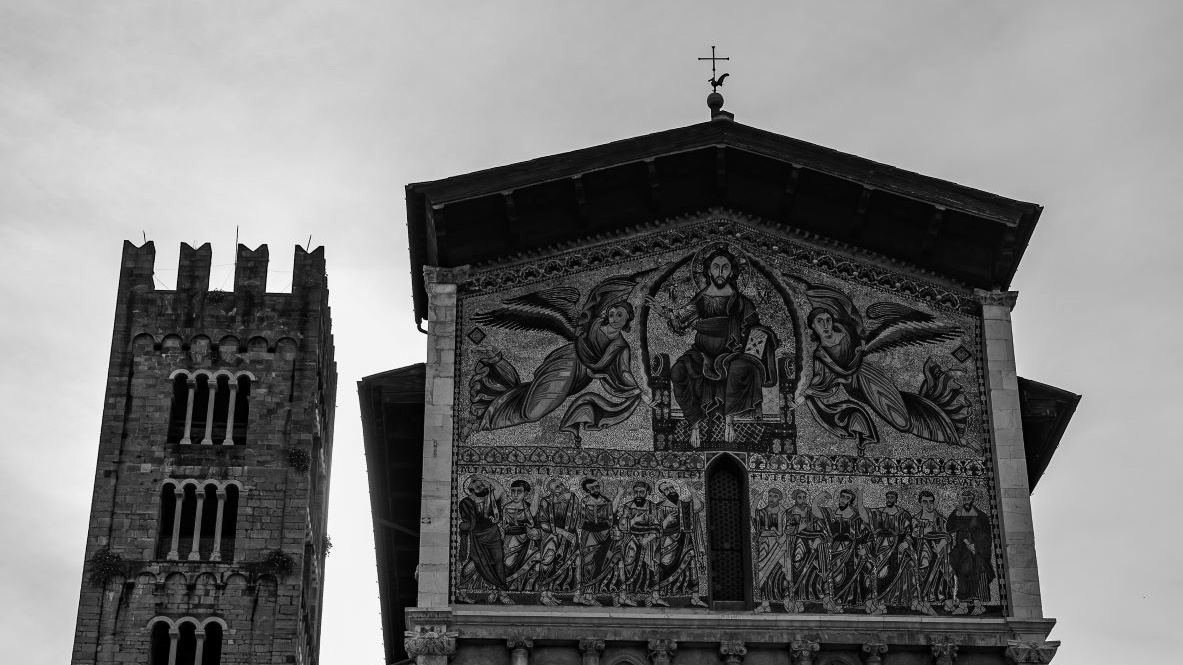
2021
Lucca, Tuscany. The basilica of San Frediano
The basilica of San Frediano is one of the oldest Catholic places of worship in Lucca, in Romanesque style, and is located in the homonymous square.

2021
Vinci. Church of Santa Croce
Of thirteenth-century origin, restored several times, it no longer retains the original structure. The neo-Renaissance style works carried out in the years 1925-1935 gave it its current appearance.

2021
San Gimignano. Glimpses of historic center
San Gimignano is an Italian town of 7 447 inhabitants in the province of Siena in Tuscany. For the characteristic medieval architecture of its historic center it has been declared a World Heritage Site by UNESCO. The site of San Gimignano, despite some nineteenth-twentieth-century restorations, is mostly intact in its thirteenth-fourteenth century appearance and is one of the best examples in Europe of urban organization of the municipal age. Granted by Royal Decree of 29 April 1936, San Gimignano boasts the title of city San Gimignano stands on a place certainly inhabited by the Etruscans, at least from the third century BC. The hill was chosen for strategic reasons, being dominant (324 m a.s.l.) over the high Val d'Elsa. On the slopes of Poggio del Comune (624 m a.s.l.) there are the ruins of Castelvecchio, a village from the Lombard period. The first mention dates back to 929. In the Middle Ages the city was located on one of the routes of the Via Francigena, which Sigeric, archbishop of Canterbury, traveled between 990 and 994 and which for him represented the 19th stage (Mansio) of his itinerary return from Rome to England. Sigeric named it Sancte Gemiane, also indicating the village as a point of intersection with the road between Pisa and Siena. According to tradition, the name derives from the holy bishop of Modena, who defended the village from the occupation of Attila. The first city walls dates back to 998 and included the hill of Montestaffoli, where there was already a fortress seat of the market owned by the bishop of Volterra, and the poggio della Torre with the bishop's castle.
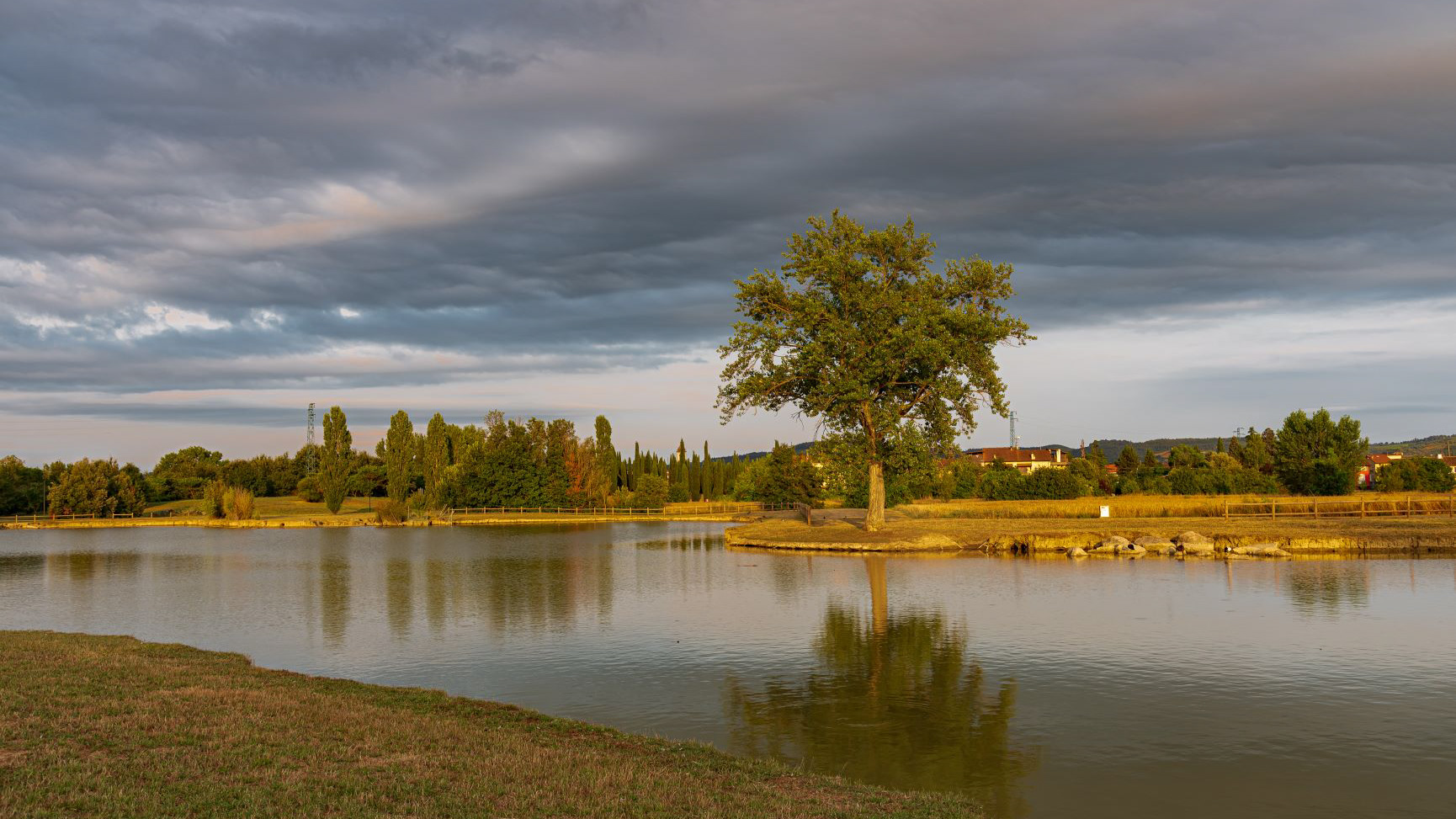
2021
Wonderful glimpses of summer

2021
Fucecchio, Tuscany, Italy. Panoramas
